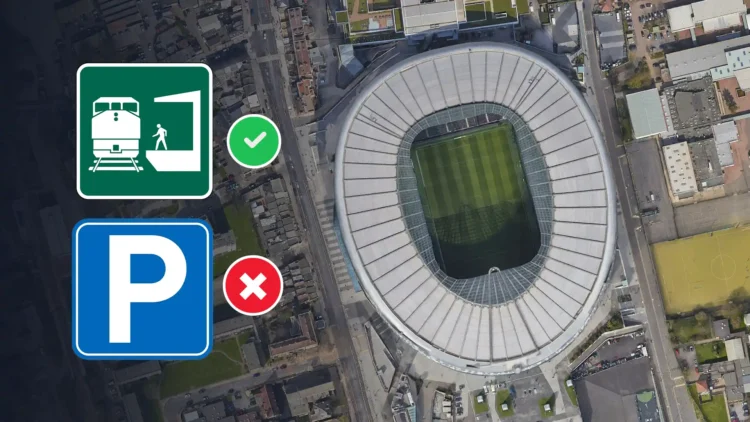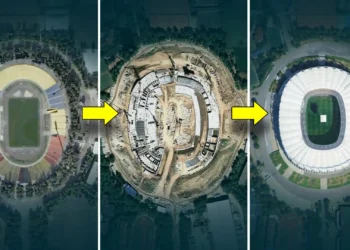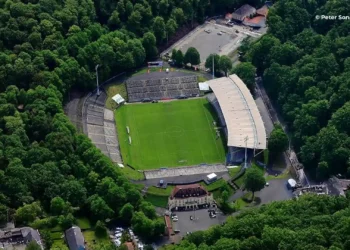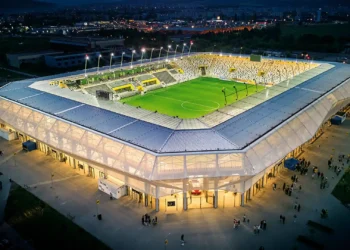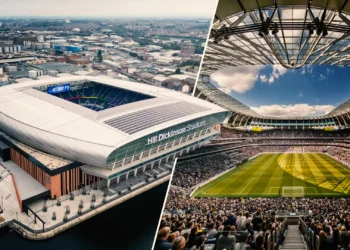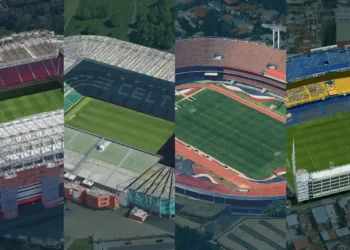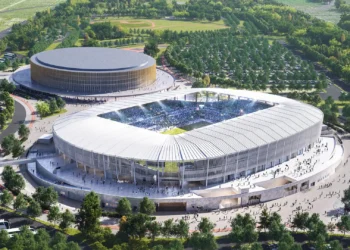A stadium’s design might steal the spotlight — but what truly defines a fan’s experience often starts long before they see the pitch.
From traffic jams to metro stations, from parking zones to pedestrian bridges — infrastructure is the invisible force that makes or breaks a matchday.
Let’s explore how transport and urban planning around stadiums shape the way millions of fans live the game.
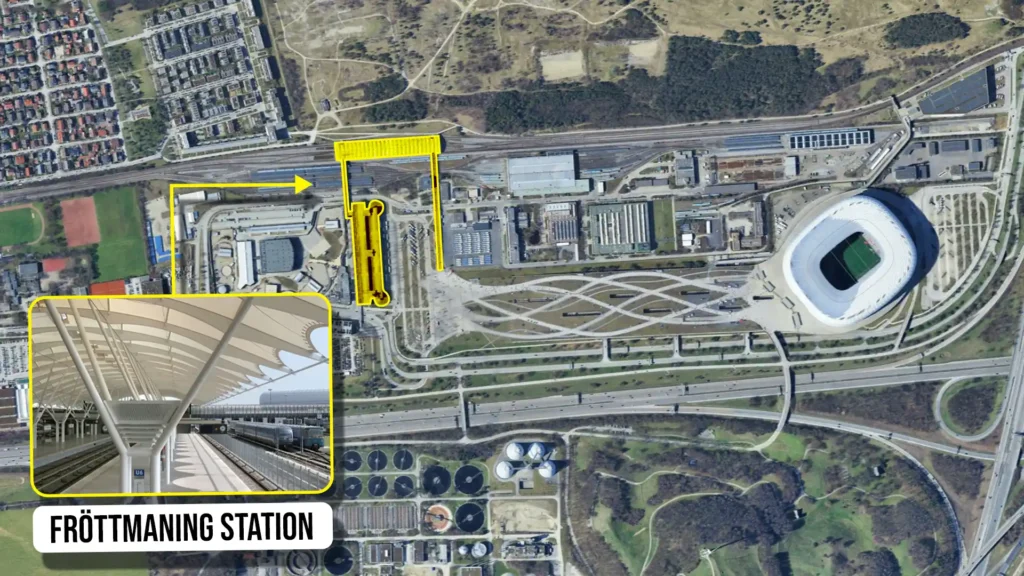
1. Accessibility Defines Excitement
Getting to the stadium is part of the ritual.
When transport is smooth — metros, trams, buses, and pedestrian routes — it builds anticipation.
When it’s chaotic — gridlocked roads and hours-long queues — it kills the mood.
Cities like London, Munich, and Tokyo have mastered this balance.
Wembley and Allianz Arena are both directly linked to major metro stations, cutting stress and emissions, while still handling over 70,000+ fans effortlessly.
Good infrastructure = more comfort, fewer delays, happier fans.
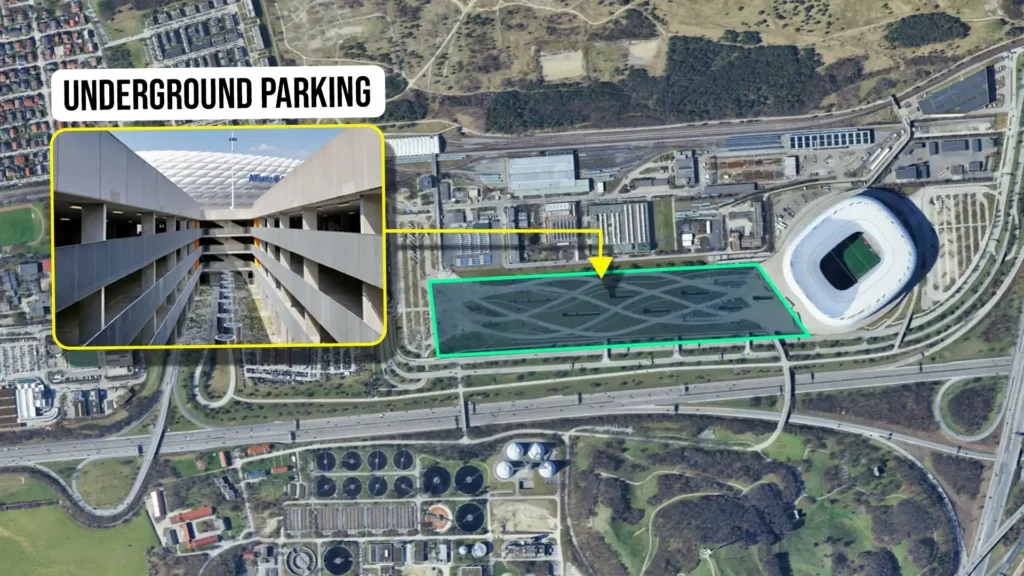
2. The Parking Dilemma
Parking is one of the toughest stadium challenges.
Massive lots take space and destroy the urban feel — but without them, suburban fans struggle to attend.
The solution? Smart mobility.
Some modern arenas — like Tottenham Hotspur Stadium — actively discourage car use, pushing visitors toward trains, bikes, and shuttle buses.
Others, like AT&T Stadium in Texas, go for huge parking areas but balance it with organized entry systems and tailgate zones.
The goal is not just parking cars — it’s parking chaos.
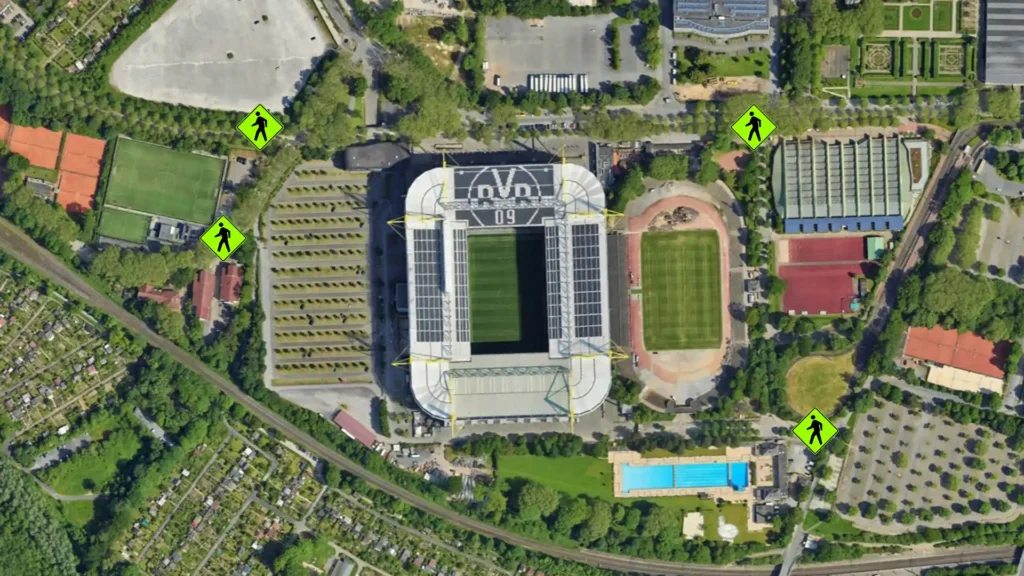
3. Pedestrian Design Builds Atmosphere
The walk to the stadium is part of the memory.
Wide boulevards, fan zones, street vendors, music — this is where the game begins emotionally.
Stadiums like Signal Iduna Park (Dortmund) and San Mamés (Bilbao) excel at this.
Fans arrive together, sing, and move through a landscape designed to build unity and energy.
A well-designed approach turns traffic into tradition.
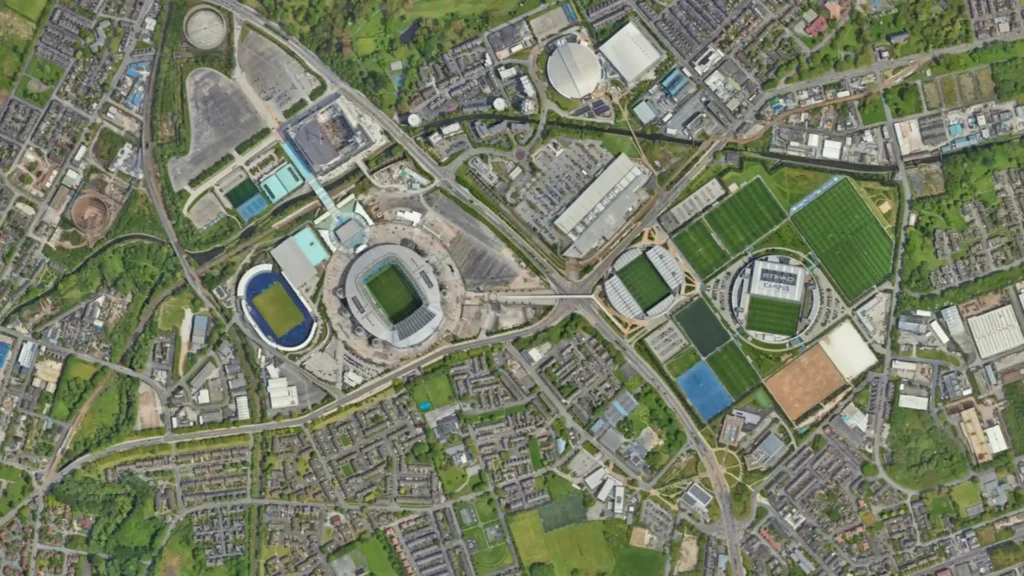
4. Stadiums as Urban Anchors
The best stadiums don’t just exist — they connect.
They’re built into the city’s transport ecosystem: tram stops, bike paths, metro lines, and public plazas.
Look at Etihad Campus in Manchester — a football hub linked by tram to the city center, with parks and new housing emerging around it.
The stadium becomes part of everyday life, not an isolated monument.
Modern arenas are engines for urban transformation.
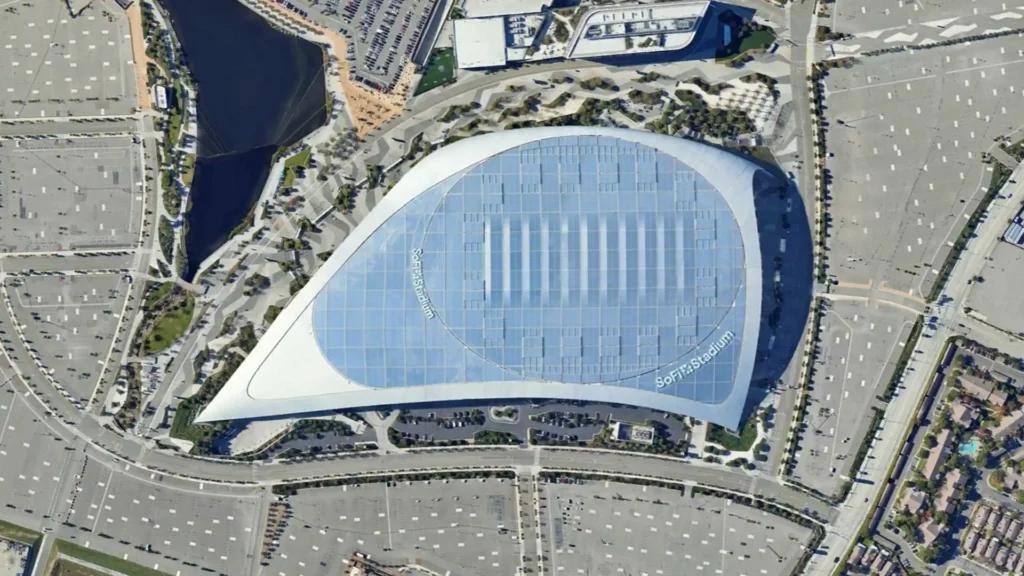
5. Sustainability and Future Mobility
As cities push for greener living, stadiums follow.
Electric charging stations, bike-sharing zones, and public transport incentives are becoming standard.
Some projects — like King Abdullah Sports City or SoFi Stadium — even integrate solar energy and smart lighting in the surrounding infrastructure.
Tomorrow’s stadiums will not only host matches — they’ll move cities toward sustainability.
A stadium’s success isn’t measured only by architecture or capacity — but by how fans reach it, move around it, and feel connected to it.
The next generation of arenas won’t just change how football looks… they’ll change how cities move.
Read Also:
Why Stadiums Have Different Shapes — And What Each One Means
If Every Country Had to Build One Dream Stadium — Here’s What They’d Look Like
The Legacy of Italy’s 1990 World Cup Stadiums: Where Are They Now?

